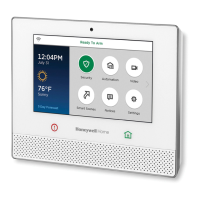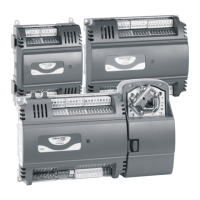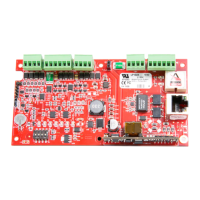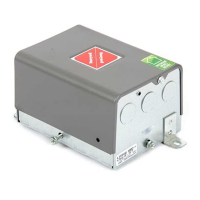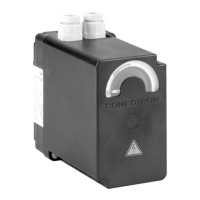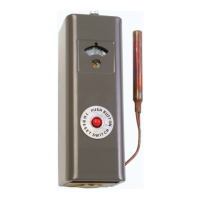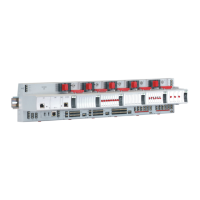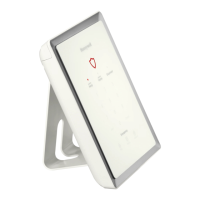
Do you have a question about the Honeywell Lyric LCP300-LC and is the answer not in the manual?
| Brand | Honeywell |
|---|---|
| Model | Lyric LCP300-LC |
| Category | Controller |
| Language | English |
For proper intrusion coverage, sensor placement is crucial, including skylights and upper windows.
Importance of smoke/heat detectors and NFPA 72 guidelines for fire safety.
Details arming, disarming, and emergency functions via touchpad and apps.
Details sensor assignment, fire/CO/burglary protection, and arming modes.
Covers user code requirements, lockouts, alarm notifications, and audio verification.
Explains programmed delay times to avoid false alarms during entry/exit.
Understanding the color-coded shield for system readiness and alarm states.
Connecting to Wi-Fi using WPS or the Gateway's Access Point mode.
Overview of the app's main screen for security, automation, video, and settings.
Understanding security status and the process of arming the system.
Details on Arm Away, Arm Home, Arm Custom, Bypass, and other modes.
Steps to disarm the system and handle user code errors.
Temporarily disabling zones to prevent false alarms during arming.
Managing system delays for entry and exit to prevent false alarms.
Steps to trigger Fire, Police, or Medical alarms and cancel them.
Descriptions of silent, audible, personal, and fire alarm notifications.
Allows monitoring station to listen/talk during alarms, with specific conditions.
Manual control of devices and the inclusion process for new Z-Wave products.
Identifying, troubleshooting, and replacing non-responsive Z-Wave devices.
Using Smart Scenes for automation and understanding user roles for access.
Step-by-step guide for creating scenes using the MyHome Gateway App.
Configuring scenes based on manual initiation, schedules, or system events.
Defining triggers based on zone status, system events, or device changes.
Managing live video feeds from connected Wi-Fi cameras.
Details on Master, User, and Guest codes and their system access.
Using a special code for silent emergency notifications.
Process for creating new users, setting codes, and managing guest/duress access.
Testing all sensors (doors, windows, motion, fire/CO) for proper function.
Actions to take when a fire emergency is detected or suspected.
Procedures for responding to detected carbon monoxide levels.
Steps to silence and clear fire or carbon monoxide alarms.

